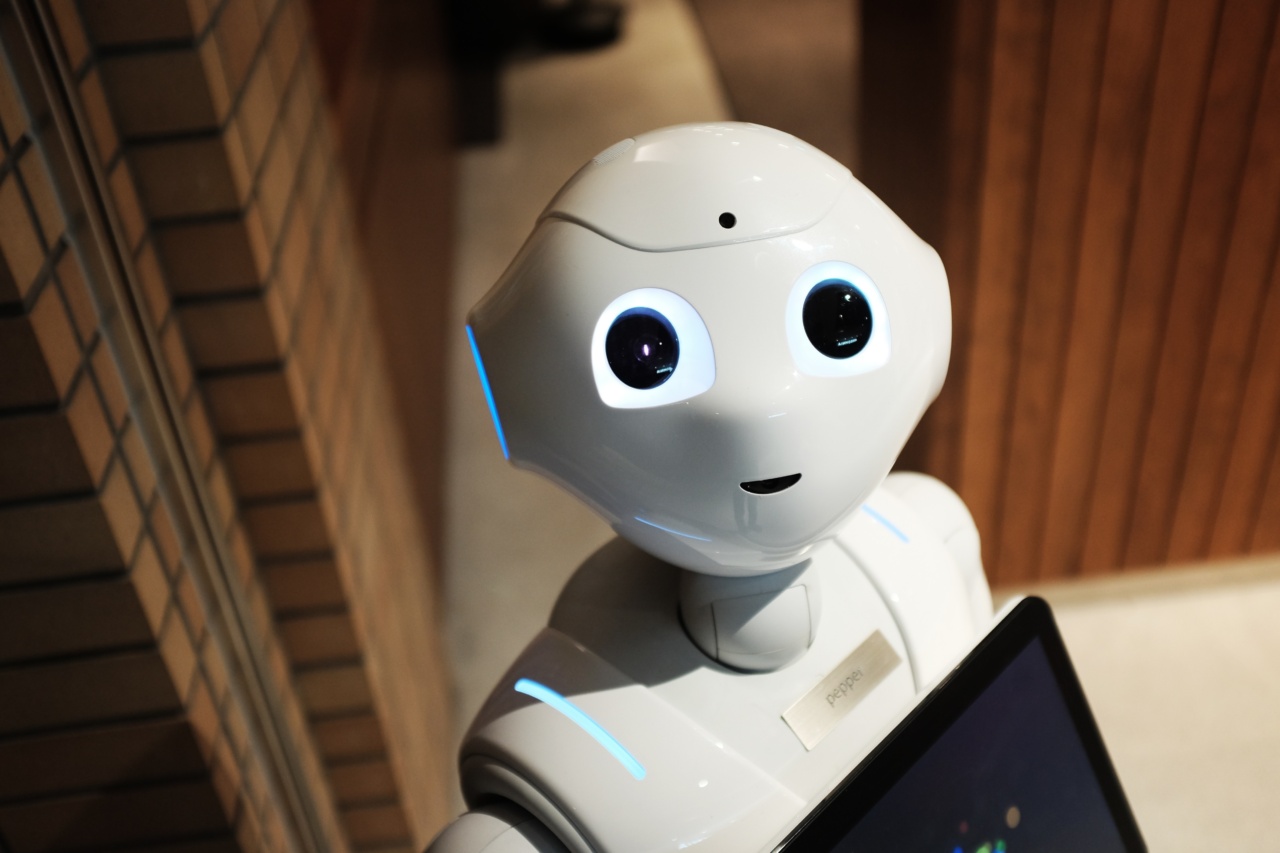In the field of orthopedics, histogenesis refers to the formation and development of new tissues to repair or replace damaged or diseased structures.
Traditionally, orthopedic treatments have focused on surgical interventions such as joint replacements or bone grafts. However, with the advancements in regenerative medicine and tissue engineering, new innovative histogenesis approaches are being explored to improve patient outcomes and reduce the need for invasive surgical procedures.
Growth Factors and Cytokines
One of the key approaches in innovative histogenesis is the use of growth factors and cytokines.
These molecules play crucial roles in cell signaling and can stimulate the proliferation and differentiation of progenitor cells, leading to tissue regeneration. Growth factors such as platelet-derived growth factor (PDGF) and transforming growth factor-beta (TGF-β) have shown promising results in accelerating the healing process of fractures and promoting cartilage repair.
Stem Cell Therapy
Stem cell therapy has emerged as a game-changer in orthopedics. Stem cells are undifferentiated cells that have the ability to differentiate into various specialized cell types.
They can be sourced from different tissues such as bone marrow, adipose tissue, and umbilical cord blood. Stem cell therapy holds great potential in tissue engineering as these cells can differentiate into bone, cartilage, and muscle cells, which are essential for orthopedic repairs.
3D Printing Technology
3D printing technology has revolutionized the field of orthopedics. This innovative approach allows the creation of patient-specific implants, scaffolds, and surgical guides.
The use of biomaterials combined with 3D printing enables the fabrication of complex structures with enhanced bioactivity and mechanical properties. This personalized approach ensures better fit, reduced surgical time, and improved outcomes for orthopedic patients.
Biomaterials and Biodegradable Scaffolds
Biomaterials and biodegradable scaffolds play a crucial role in guiding new tissue growth and promoting histogenesis. These materials act as temporary support structures that facilitate cell attachment, proliferation, and differentiation.
They provide mechanical strength to the damaged site while gradually degrading and leaving behind regenerated tissue. Biodegradable scaffolds made from polymers like polylactic acid (PLA) and polyglycolic acid (PGA) are widely used in orthopedic histogenesis approaches.
Gene Therapy
Gene therapy involves the transfer of therapeutic genes to target cells for the purpose of modulating their behavior and promoting tissue regeneration.
In orthopedics, gene therapy can be used to enhance the production of growth factors, stimulate the formation of blood vessels, or promote the differentiation of stem cells. This approach holds promise for the treatment of conditions such as osteoarthritis, spinal cord injuries, and bone defects.
Nanotechnology
Nanotechnology has opened up new possibilities in the field of orthopedics. Nanomaterials, such as nanoparticles and nanofibers, offer unique properties that can enhance cellular interactions and tissue regeneration.
These materials can deliver growth factors, drugs, and genes directly to the target site, improving their efficacy and reducing systemic side effects. Nanotechnology-based approaches show great potential in promoting histogenesis and improving orthopedic outcomes.
Extracellular Matrix (ECM) Engineering
The extracellular matrix (ECM) is the non-cellular component of tissues that provides structural support and regulates cellular behavior.
ECM engineering involves the design and fabrication of biomimetic scaffolds that mimic the composition and structure of natural ECM. These engineered scaffolds can provide a microenvironment conducive to cell attachment, proliferation, and differentiation. ECM-based approaches have shown promising results in promoting tissue regeneration in orthopedic applications.
Bioreactors and Mechanical Stimulation
Bioreactors and mechanical stimulation techniques are used to mimic the physiological conditions that cells experience in the body.
These approaches apply controlled mechanical forces to cells or tissue constructs to enhance their growth and development. Mechanical stimulation can influence cellular alignment, extracellular matrix deposition, and tissue maturation.
Bioreactors provide a dynamic culture environment that can promote histogenesis by improving nutrient supply, waste removal, and oxygenation.
Future Perspectives
The innovative histogenesis approaches in orthopedics hold tremendous promise for the future of patient care. With ongoing advancements in regenerative medicine, tissue engineering, and biomaterials, the field is rapidly evolving.
The combination of these approaches with personalized medicine and advanced imaging techniques will revolutionize orthopedic treatments, providing more effective and less invasive solutions for patients with musculoskeletal conditions.
Conclusion
Orthopedics is witnessing a paradigm shift with the advent of innovative histogenesis approaches.
The integration of growth factors, stem cell therapy, 3D printing, gene therapy, nanotechnology, ECM engineering, and mechanical stimulation techniques are transforming the field and offering new possibilities for tissue repair and regeneration. These advancements have the potential to significantly improve patient outcomes, reduce surgical invasiveness, and enhance the overall quality of life for orthopedic patients.


























